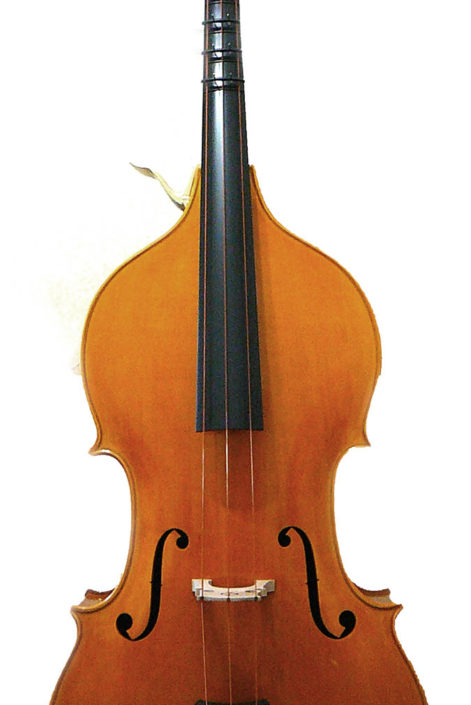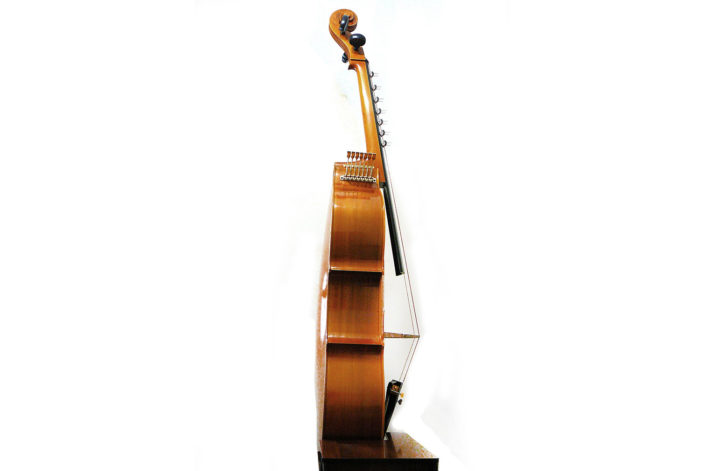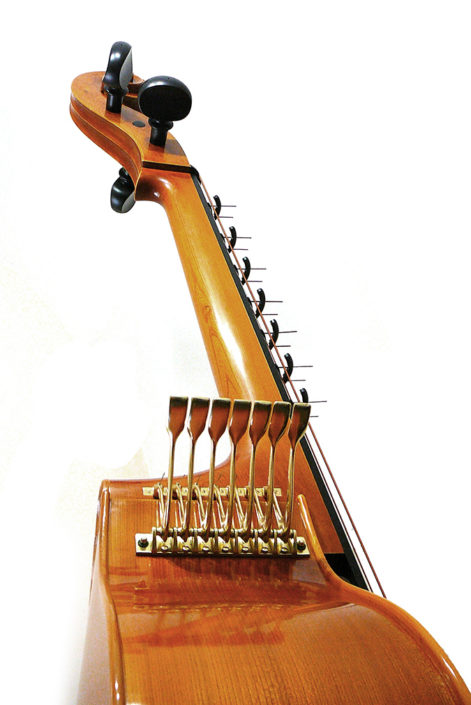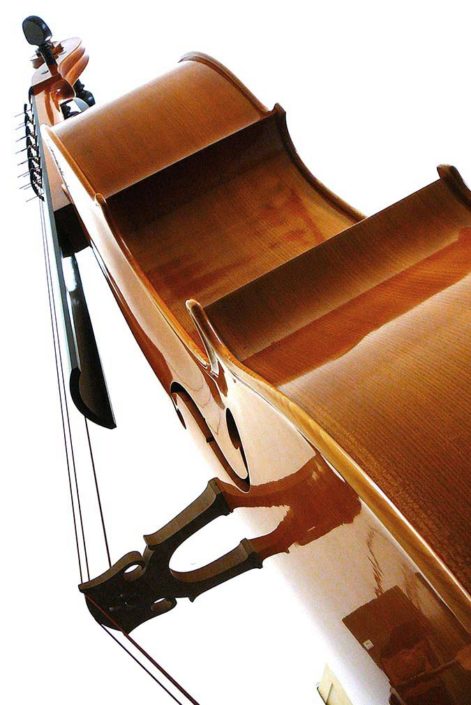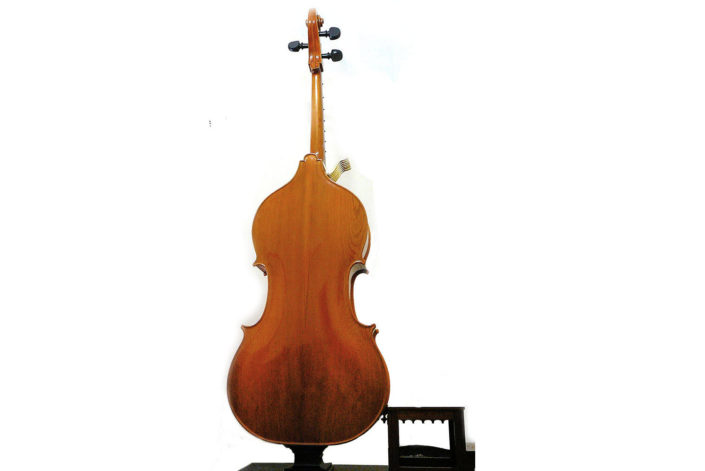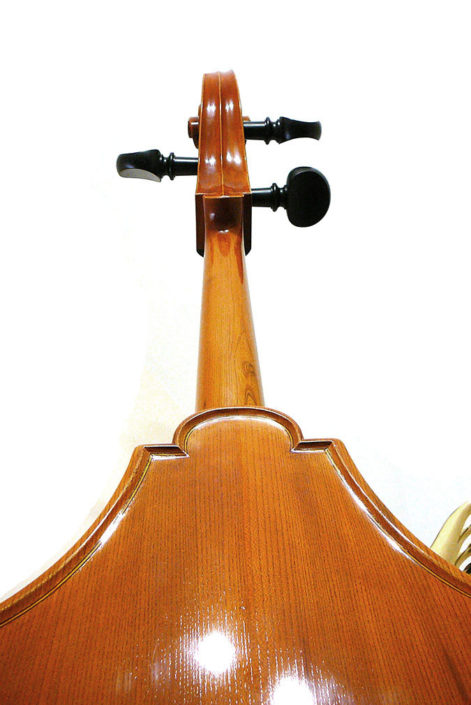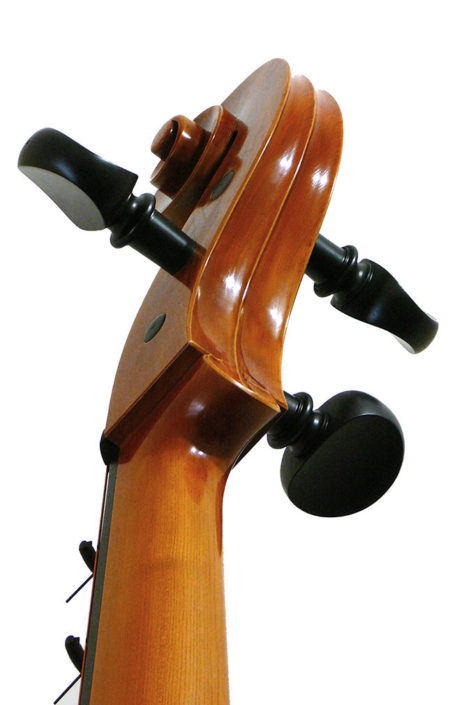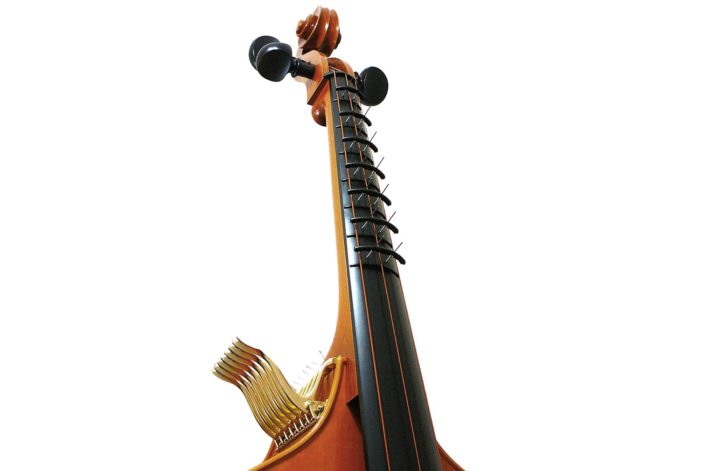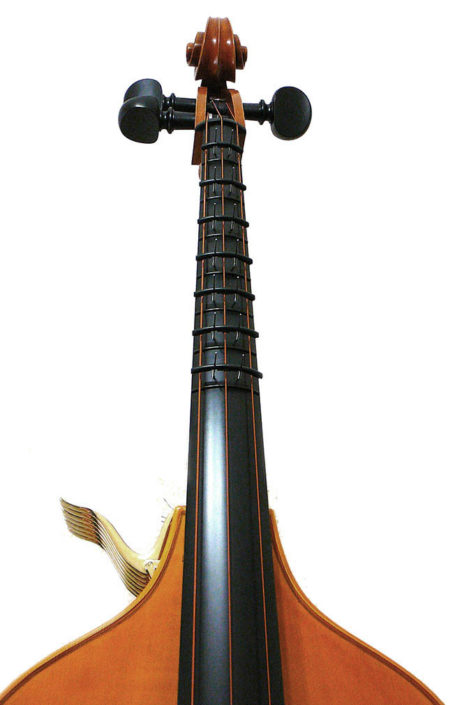The Octobasse: A Musical Giant Revived
In the world of musical instruments, there are those that are celebrated for their elegance and grace, like the violin, and then there are those that awe with their sheer size and sonic power. Among the latter category, the octobasse stands as a unique giant, and its history is intertwined with the craftsmanship of the renowned French luthier Jean-Baptiste Vuillaume.
The Birth and Early Days of the Octobasse
The octobasse, a colossal contrabass instrument, was conceived by Jean-Baptiste Vuillaume in the mid-19th century. Vuillaume, one of the greatest French luthiers of his time, built a total of three octobasses. The first prototype emerged from his workshop in 1849, only to meet a fiery demise in a London theater fire. The third example was acquired by a royal patron, the Tsar, but today lies in ruins in Vienna. The second octobasse, which miraculously survived the ravages of time, was painstakingly restored in 1975 and now resides in Paris at the Musée de la Musique.
The octobasse made its debut on the musical stage during the years 1850-51, as part of Luis Jullien’s orchestra during a concert tour in England. Its final appearance occurred in 1872 in the Principality of Monaco under the baton of Eusèbe Lucas. This remarkable instrument experienced a period of relative notoriety during its heyday, thanks in part to its inclusion in Hector Berlioz’s orchestra for the Te Deum, performed during the inauguration of the Universal Exhibition in Paris in 1855. Berlioz was captivated by the octobasse’s powerful and rich tones, which he described as “full and strong without being harsh.”
The Octobasse Reimagined by Antonio Dattis
Antonio Dattis, a luthier from Sava, embarked on a remarkable journey to resurrect the octobasse, faithfully recreating Vuillaume’s masterpiece. Prior to Dattis’ endeavor, luthier Pierre Bohr had constructed a copy for musician Nicola Moneta in 1995, incorporating some innovative modifications, particularly in simplifying the mechanics, an idea long contemplated by nineteenth-century observers.
The octobasse’s colossal dimensions, roughly double that of a standard double bass, allow it to produce sonorous notes in an octave lower range compared to the low C of the five-string double bass.. Seven bars connected to as many keys enable the instrumentalist to apply the robust pressure needed to draw out the notes with a bow.
Strikingly, Antonio Dattis didn’t stop at replicating the instrument itself; he also undertook the construction of the octobasse’s strings. This meticulous attention to detail ensured that the new copies faithfully captured the essence of the original instrument’s rich and resonant sound.
Interestingly, earlier musicologists had identified the lowest note produced by Vuillaume’s octobasse as C at 32.7 hertz. This suggested that the instrument’s extension into the lower sound region was only a third wider than that of a conventional orchestral double bass. However, Nicola Moneta’s meticulous analysis and experimentation using a frequency meter confirmed that the octobasse could produce a descending chromatic scale all the way down to the C note at 16.35 Hz, validating his earlier theoretical calculations when designing the new strings.
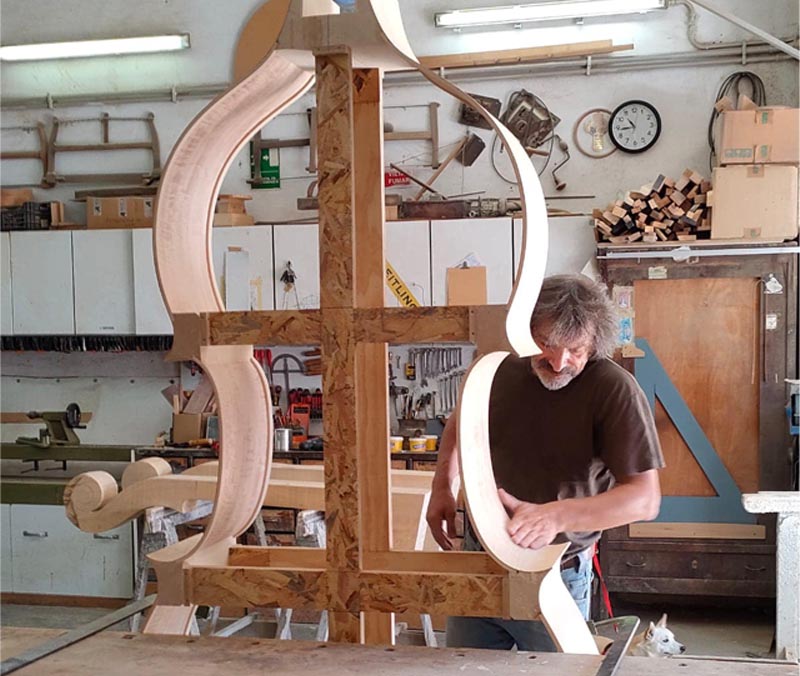
A Giant in the World of Music
With its towering height of almost four meters and a vibrating string length of 2.16 meters, the octobasse is truly a giant in the world of musical instruments. In terms of size, it dwarfs even the double bass, with a dimensional ratio of 1 to 6 when compared to the violin. This expansion of the violin family, driven by the mid-nineteenth-century quest to perfect orchestral ensembles to accommodate low frequencies from organs and pianos, played a vital role in shaping orchestras capable of satisfying larger and more diverse audiences.
While the octobasse enjoyed some success, it faced challenges due to its cost, transportation difficulties, and its avant-garde nature. Eventually, Jean-Baptiste Vuillaume himself sold the instrument to the museum of the Paris Conservatory in his later years.
The Octobasse’s Resurgence
For over a century, the octobasse remained silent, with only two examples left, one in the Paris Museum and the other in the Vienna Musikverein, both of which were unplayable. It was not until the fortuitous collaboration between luthier Pierre Bohr and double bass player Nicola Moneta, with the involvement of bow maker Piero Cavalazzi, that the octobasse found its voice once again.
The octobasse made a triumphant return to the world of music, participating in various concerts and performances both in Italy and abroad. It played Verdi’s Requiem in Milan’s Duomo in 1996, and in 1997, it graced the performance of Marcello Abbado’s evocative composition “Alexander Nevsky” in S. Maria del Carmine. In 1998, during the bicentenary exhibition of Vuillaume’s birth in Paris, the “Milanese” copy of the octobasse was showcased.
Over the years, this mighty instrument continued to captivate audiences, playing alongside orchestras and in solo performances. In 2023, Antonio Dattis embarked on a new chapter in the octobasse’s journey by constructing two new copies, breathing new life into this musical colossus.
In the hands of skilled luthiers like Antonio Dattis, the octobasse continues to inspire awe and wonder, reminding us of the boundless creativity and innovation that have shaped the world of music throughout history. As it once again resonates with audiences, it reaffirms its status as a true legend in the realm of musical instruments.
Credits:
Pierre Bohr https://www.pierrebohr.eu/octobasso/
Nicola Moneta http://www.xray.it/octo/

